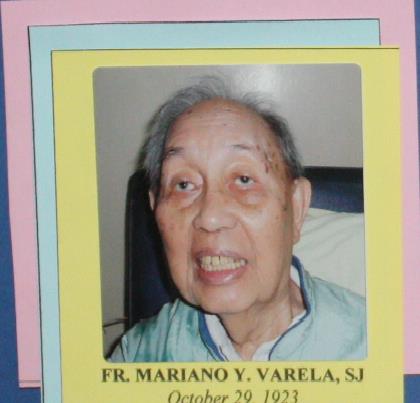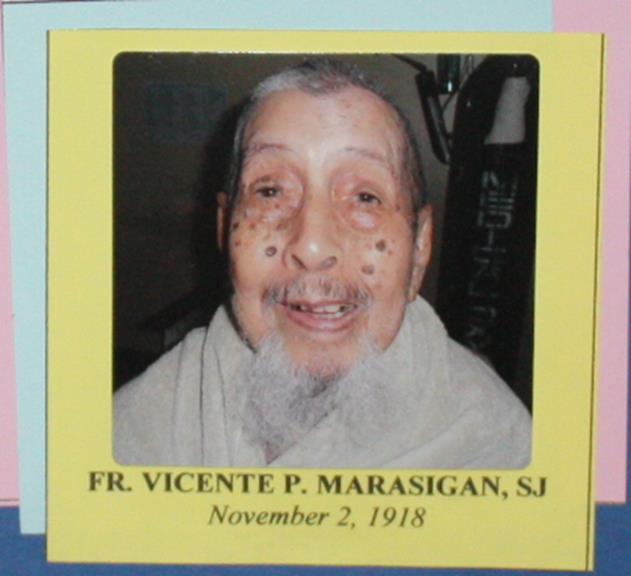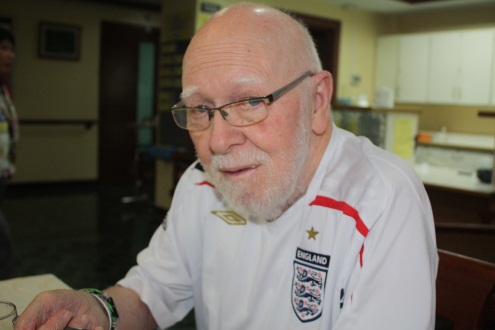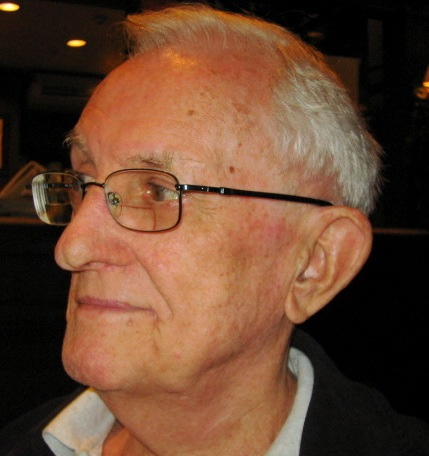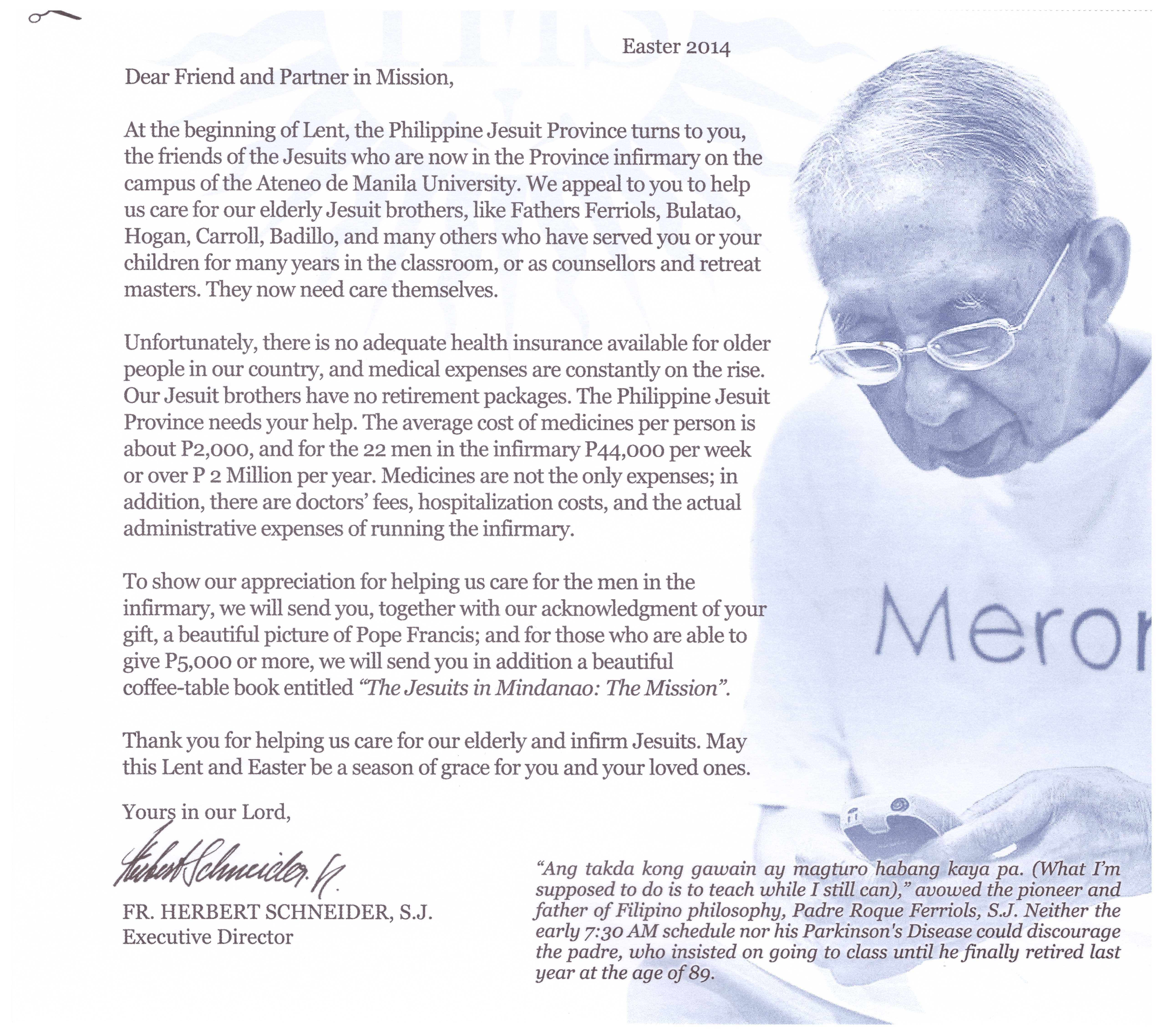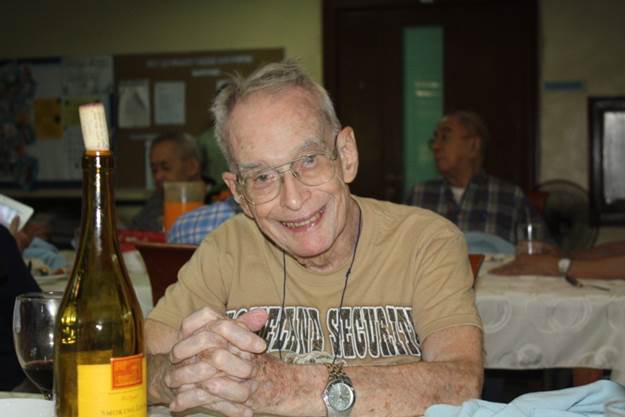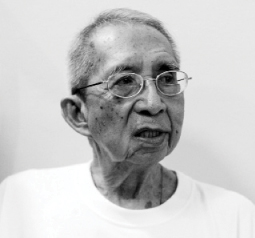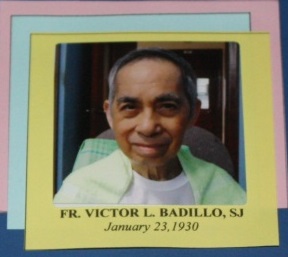 In John 5, Jesus cites the testimonies of John the Baptist, His own miracles, His Father’s voice and the Old Testament as verifications of His identity. On the day of Pentecost, Peter cites the many witnesses of Jesus’ resurrection.
In John 5, Jesus cites the testimonies of John the Baptist, His own miracles, His Father’s voice and the Old Testament as verifications of His identity. On the day of Pentecost, Peter cites the many witnesses of Jesus’ resurrection.
Scientists adopt a similar principle in their quest for greater understanding.
Just as an Old Testament judge required multiple witnesses, scientists look for multiple sources of evidence. Our understanding is considered robust when scientists have found independent measurements all pointing to a single, consistent conclusion.
On the question of global warming, natural witnesses are found in our climate. Warming is directly measured by thermometers scattered across the globe, which find that the two hottest years on record were 2005 and 2010.
In addition, we have many natural thermometers painting a similar picture. Icesheets in Greenland and Antarctica are dissipating at an accelerating rate, shedding hundreds of billions of tonnes ofice every year. Scientists are observing tens of thousands of species shift toward cooler regions. Arctic sea ice is melting faster than even the worst-case predictions. Even tree-lines are shifting in response to warming temperatures.
To properly understand what’s happening to our climate, we must listen to all the witnesses and consider the full body of evidence. The consonance ofevidence paints an unmistakable picture of a warming planet.
How do climate skeptics respond to the cloud of witnesses for global warming? By denying the full body of evidence. A common claim is that we haven’t seen warming over the last 15 years. To do this, they ignore the witness of the icesheets, the testimony of shrinking glaciers, the evidence of shifting seasons and the inarguable fact of rising sea levels.
Selective cherry-picking occurs in arguments against climate action. There’s a Yiddish proverb that states “a half-truth is a whole lie”.
To say climate action in Australia won’t have a global impact underestimates our country’s significance. Australia is one of the top 20 carbon emitters in the world (we actually come 16th). While the world’s countries as a whole extract 19% of their electricity from clean energy, Australia is lagging behind with only 7% of our power coming from renewable sources. Consequently, Australians emit more carbon pollution per person than any other developed country.
The crux of climate change for Christians is the poorest, most vulnerable countries are those hardest hit by global warming.
The poor are least able to adapt to the impact of climate change and ironically, have contributed least to it. The carbon footprint of the poorest one billion people on the planet is estimated to be around 3% of the world’s total footprint. This is the social injustice of climate change: poor, developing countries will suffer because of the fossil fuels emitted by developed nations.
We are commanded to love our neighbor. In the parable of the Good Samaritan, Jesus defines our neighbour as those who are in need. In the parable of the sheep and goats, Jesus describes the key characteristic of His followers as those who help the poor and needy.
To Jesus, the weightier matters of the law are justice, mercy and faithfulness (Matthew 23:23), echoing the Old Testament command “to act justly and to love mercy and to walk humbly with your God” (Micah 6:8). Justice is an important biblical theme.
In Amos 5, God condemns the society that oppresses the poor and deprives them of justice. To a society (or a church) that tolerates injustice, God says “I hate, I despise your religious festivals; your assemblies are a stench to me”(Amos 5:21).
Climate change adds another dimension to who our neighbour is. What we do impacts others. Our pollution contributes to global warming which affectsour global neighbours. This is unjust.
God requires that His people oppose social injustice and open their hearts to the poor and vulnerable.
For the church to turn a blind eye to the injustice of climate change is to turn our back on God’s heart for the poor.
Cutting down our fossil fuel pollution has become part of the mandate to love our neighbours. We must pray and campaign for justice in a changing climate. We need to support action on climate change and look to reduce our carbon footprint.
